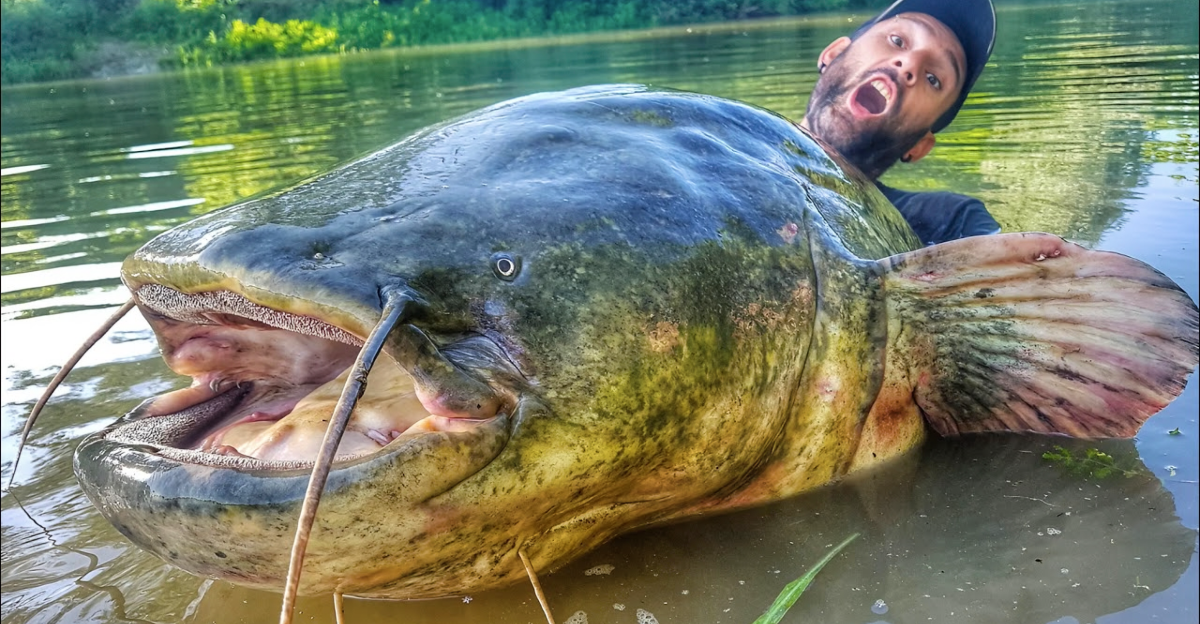
Given the planet’s biodiversity, it’s no surprise that some leviathans live deep in our waters, both in the ocean and in domestic lakes and rivers.
America’s aquatic giants live in both saltwater and freshwater, from prehistoric monsters that inhabit rivers to gargantuan ocean predators. Some of these species are celebrated in sport and folklore, earning them a place in American culture.
Let’s talk about the largest fish in the United States by weight, highlighting how amazing some aquatic creatures that share our borders can be, from giants whose record catches haven’t been rivaled in over one hundred years, to undisputed king predators of the ocean.
Great White Shark
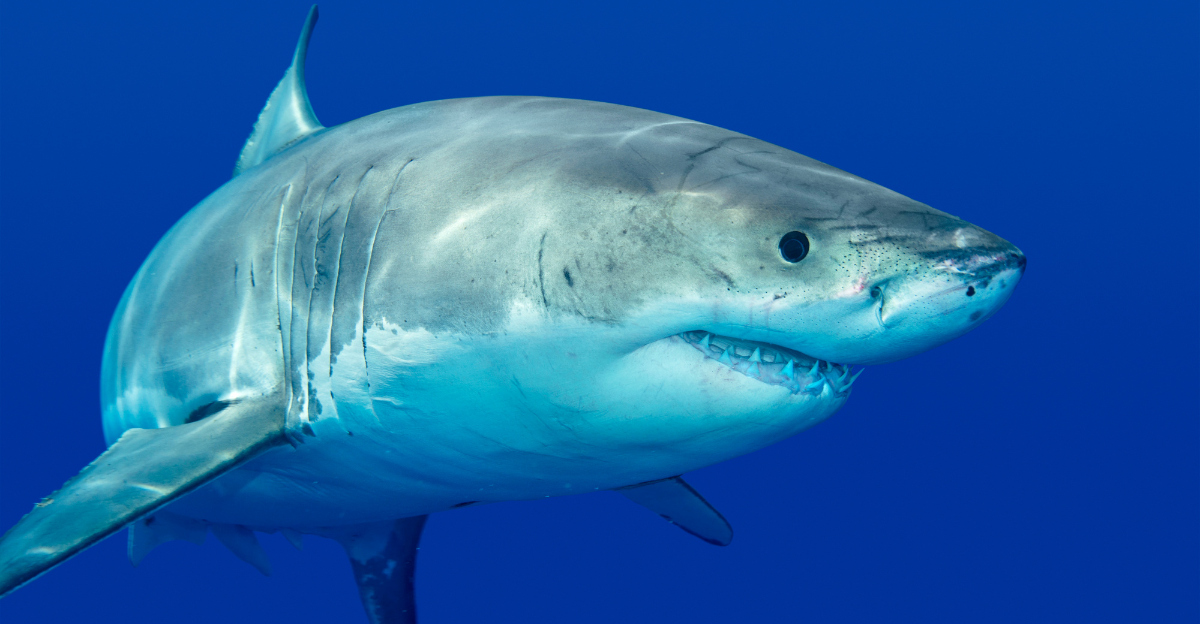
The great white shark (Carcharodon carcharias) is the biggest fish to ever be caught in American waters, with the individual weighing more than 1,600 pounds!
Although they dwell in deep ocean waters, they also like to dwell in coastal waters and popular coastlines in search of their favored sources of food. Being among the largest fish species in existence, these prolific hunters need to be respected.
Alligator Gar
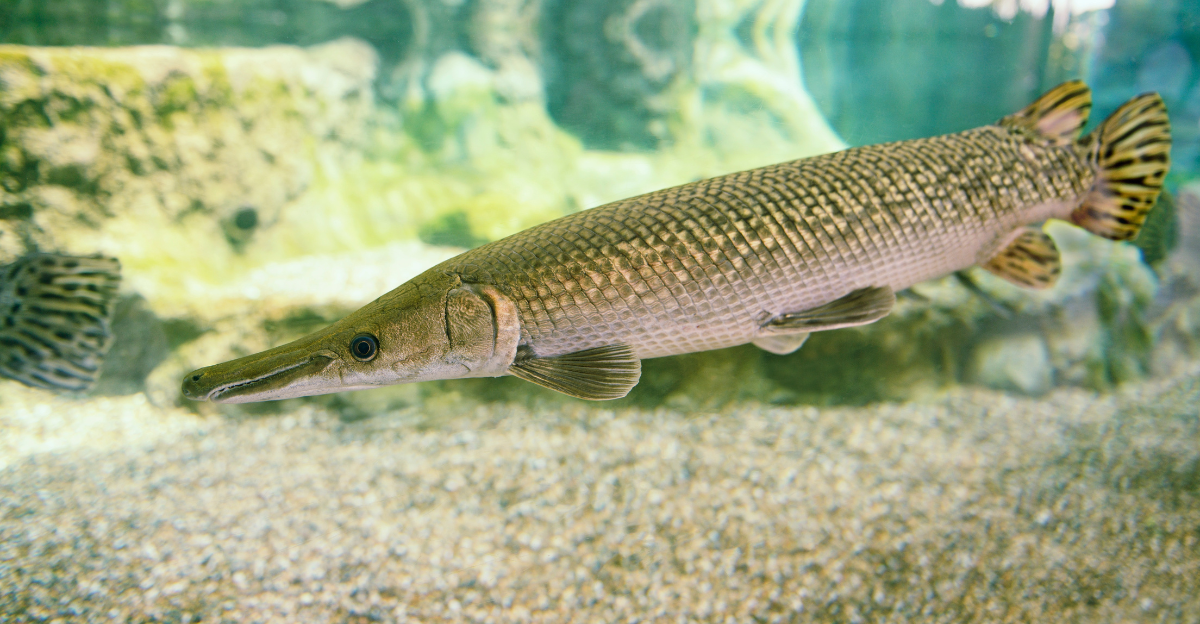
The alligator gar (Atractosteus spatula) is the largest freshwater fish in North American waters. The largest specimen weighed 283 pounds and was caught in Texas in 2023.
However, historical accounts and unverified reports of even bigger gar dwelling in southern rivers exist, creating unique legends about the enormous fish.
White Sturgeon
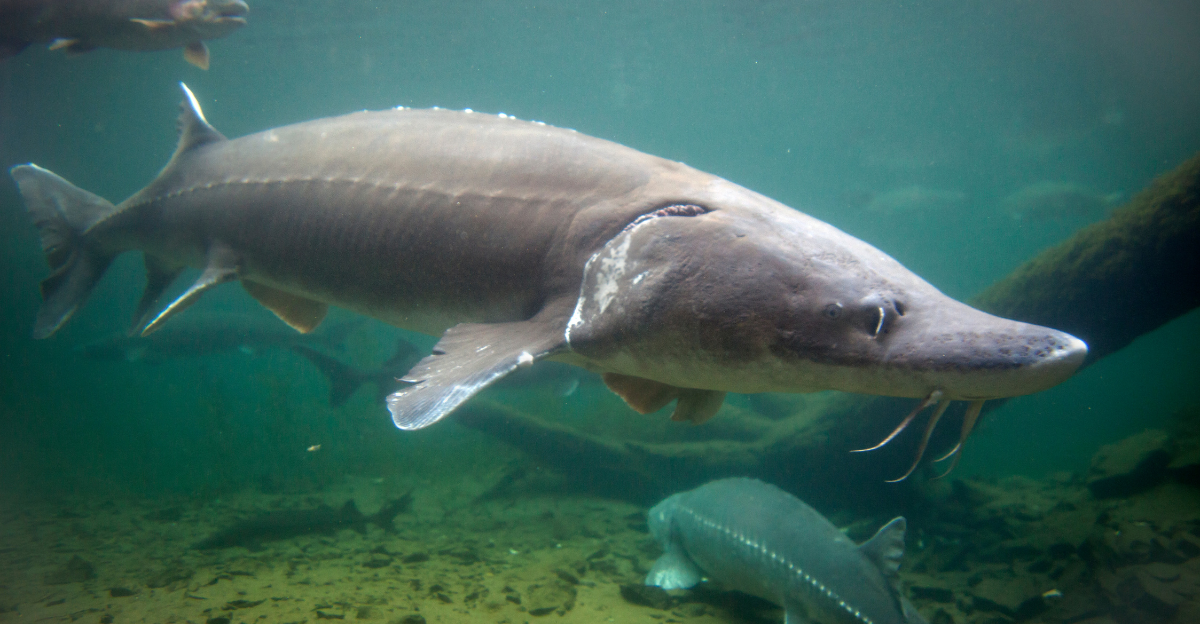
Although many believe that the white sturgeon is the largest freshwater fish native to North America, it is actually an anadromous fish. This means that it swims up rivers from the sea, making it a hybrid saltwater and seawater fish.
In 1912, records of sturgeon exceeding 1,000 pounds caught in the Columbia River remained unbroken more than 100 years later, leading to an air of mystique surrounding the species.
Atlantic Bluefin Tuna
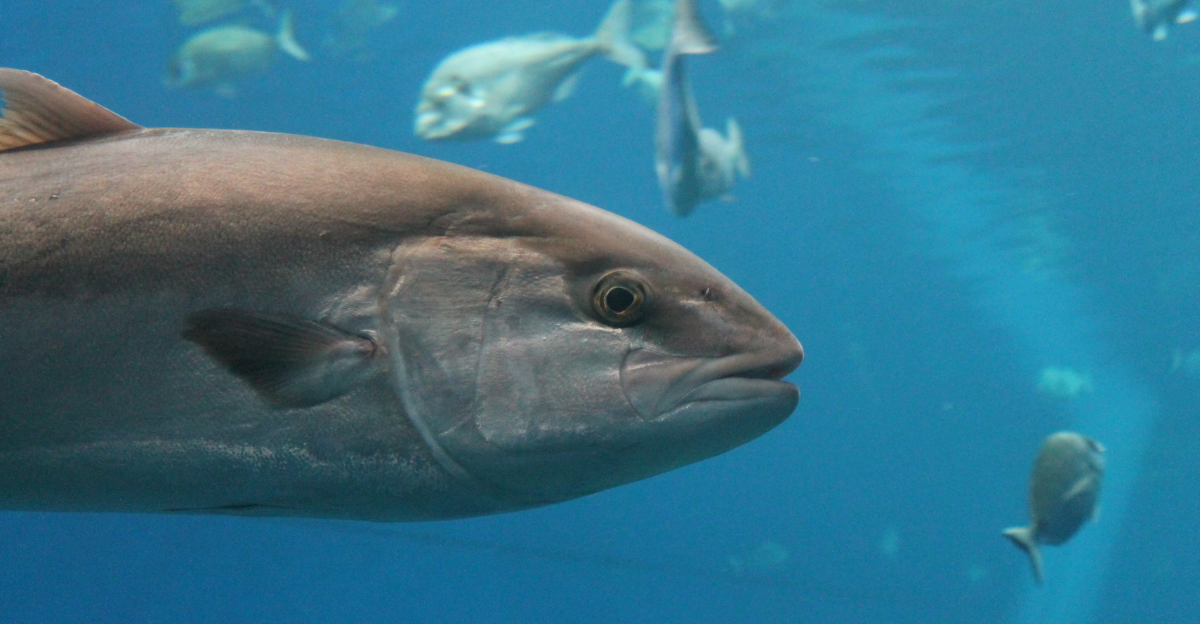
Atlantic bluefin tuna can weigh more than 1,000 pounds. The largest specimen ever recorded was found in Massachusetts in 1984 and weighed a staggering 1,229 pounds.
Their huge size and value mean they can sell for over $1 million at auction. They have a long heritage in sport and international conservation, blending conservation, economies, and recreational activities.
Blue Marlin
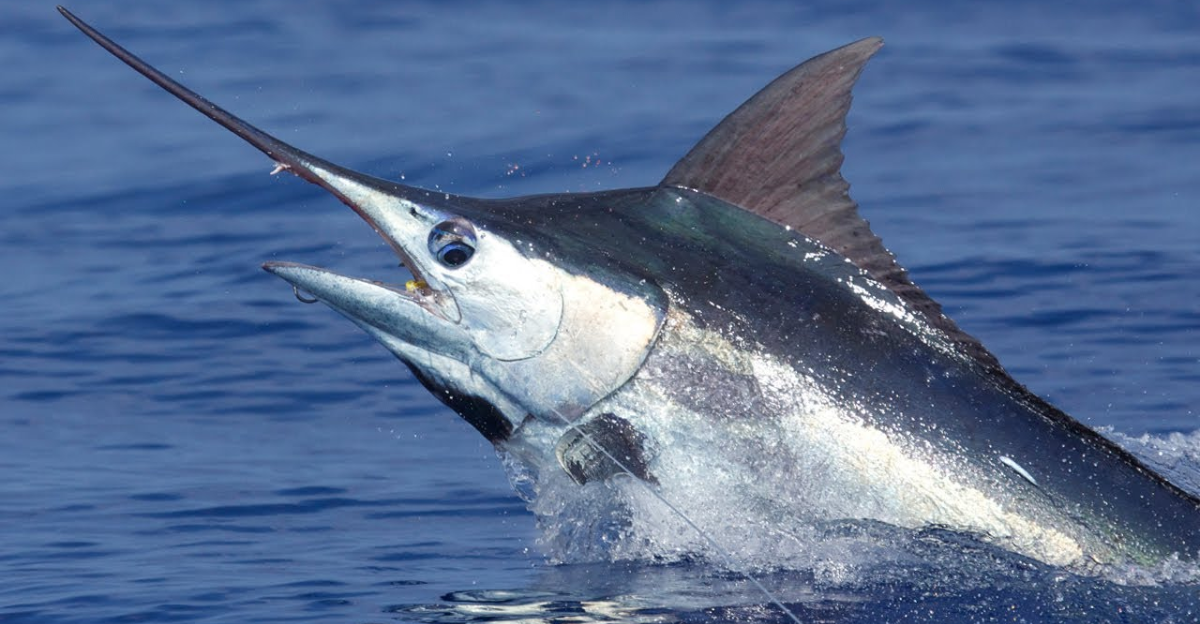
The blue marlin is one of the most prized fish for anglers. The record for its weight in U.S. waters is over 1,000 pounds.
Their size and powerful bodies have inspired both literature and high-skill tournaments, where only one catch is needed to transform lives, dreams, and even local economies, with how much they are worth.
Goliath Grouper
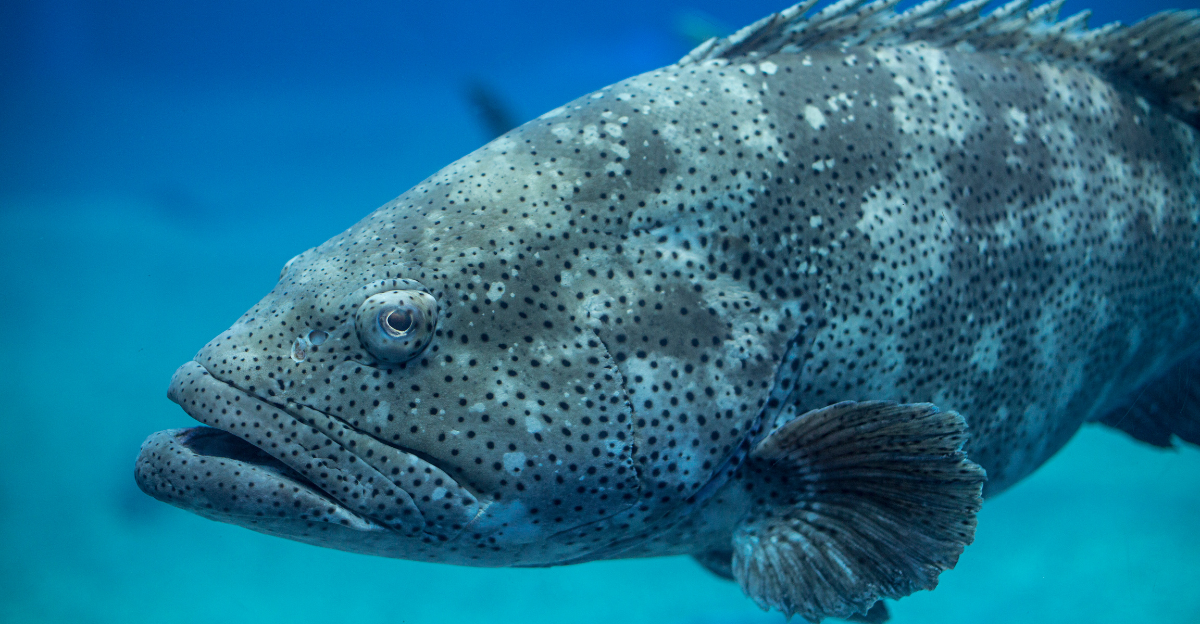
The goliath grouper almost went extinct in U.S. waters historically, but its numbers started to pick up after conservation efforts. Today, its population is a victory for conservationists, and its weight is a reminder of how incredible it is as a species.
In 1961, a goliath grouper was caught in Florida that weighed nearly 700 pounds.
Mako Shark
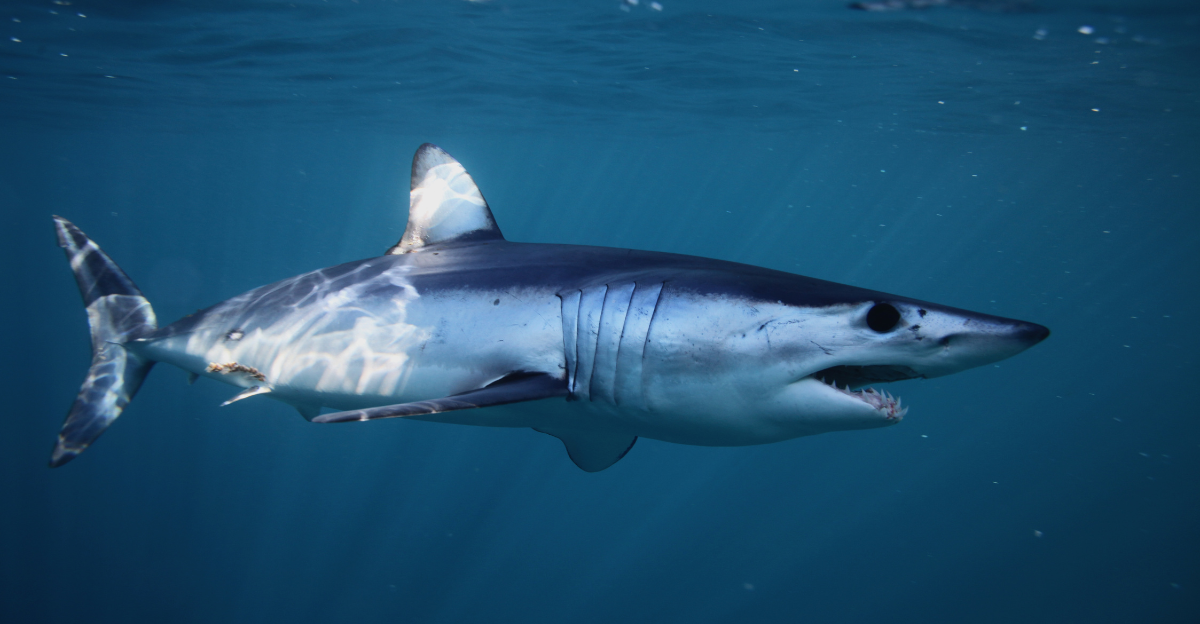
The shortfin mako shark is a well-known species of fish that is both the ocean’s heavyweights and speed demons. The record for the heaviest mako was caught in 2001 in Massachusetts and weighed over 1,200 pounds.
They are known to leap out of the air, sometimes over ten feet high. Speed is their best trait when moving through the water, as they can go over 40 miles per hour. This makes them thrilling animals for both scientists and anglers to study.
Bigeye Thresher Shark
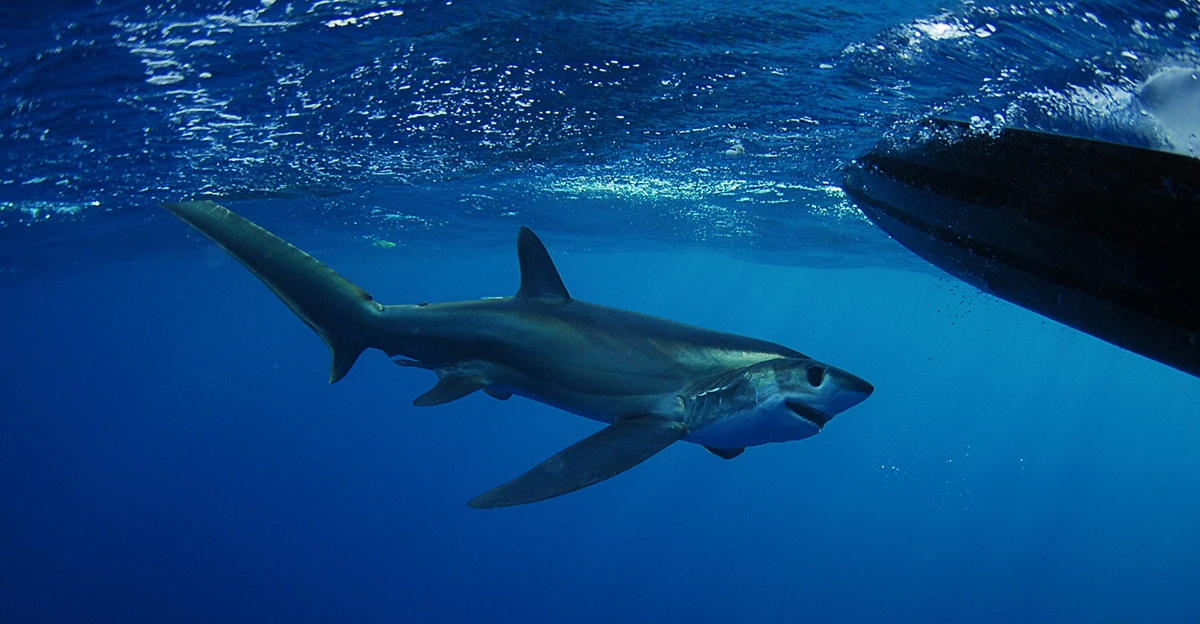
The bigeye thresher shark has a unique evolutionary adaptation: a whip-like tail that can rival its body length. It uses these tails to stun prey, which sets it apart from many other ocean creatures.
Bigeye threshers can reach weights of more than 500 pounds, with the largest ever caught in U.S. waters being more than 580 pounds.
Common Thresher Shark
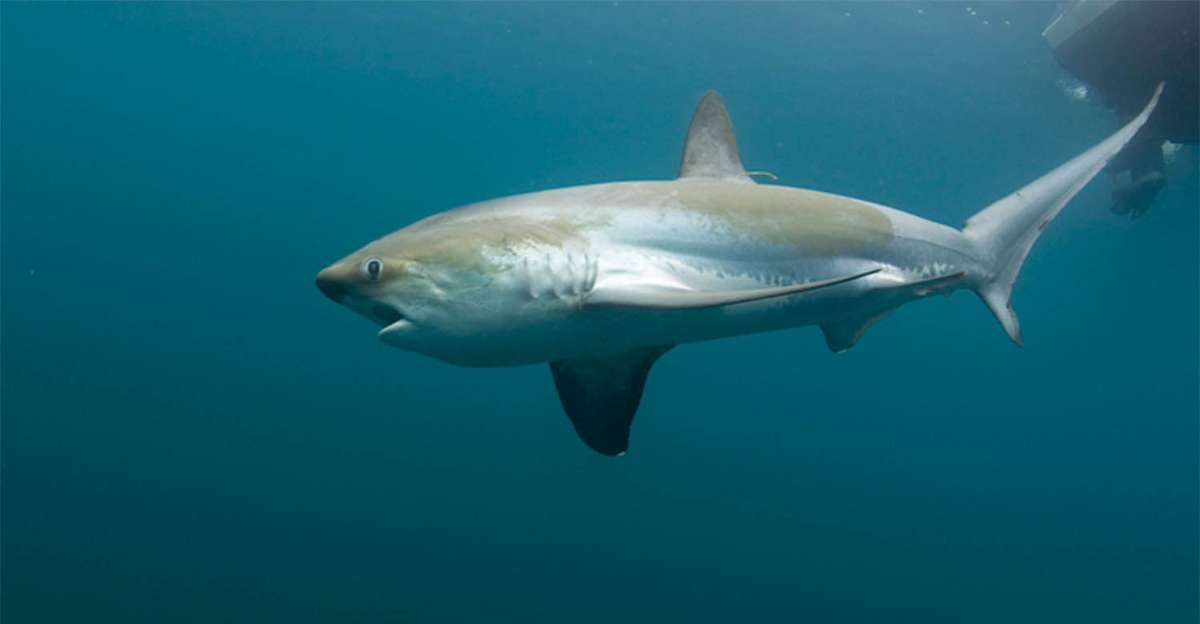
The common thresher, like its previously mentioned cousin, can grow to enormous sizes of up to 25 feet long, half of which is its tail. The largest ever caught in America was in California in 2018 and weighed around 760 pounds.
Their weight alone doesn’t define them, and like other thresher species, their unique tail makes them an important and unique species worth preserving on this planet.
Lake Sturgeon
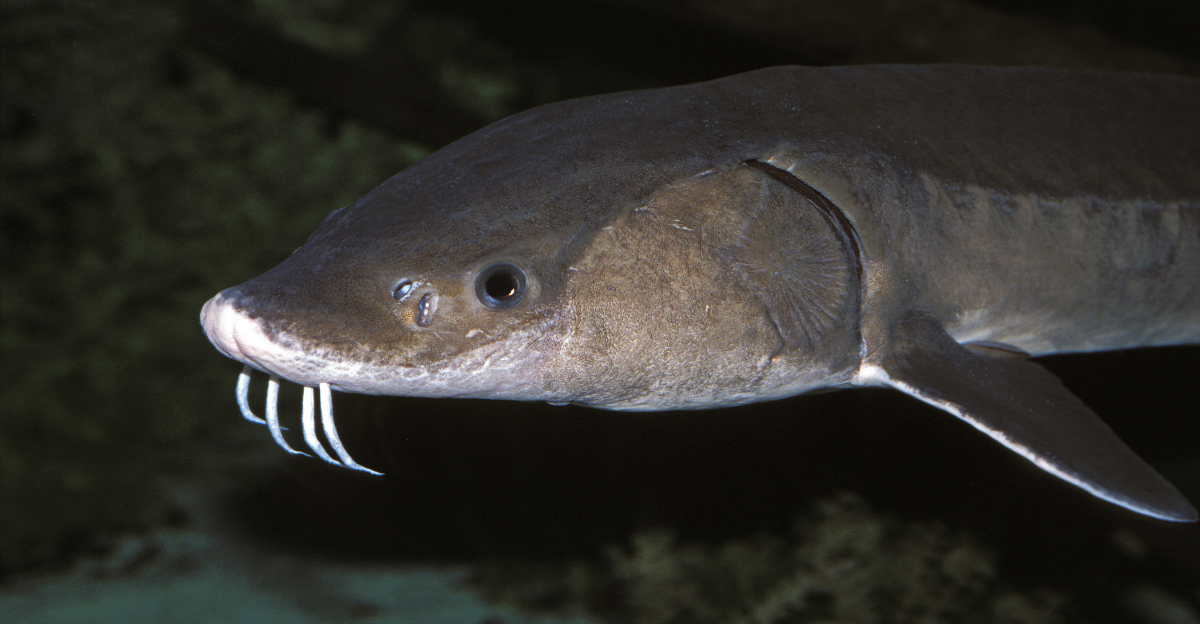
The Lake Sturgeon is North America’s longest-lived fish species. The largest of its kind ever to be caught in America was in Michigan and weighed an impressive 193 pounds.
Researchers have managed to document large species in the wild, with biologists observing an estimated 240-pound specimen in 2021. Their long-lived lives mean that they grow slowly, so the larger the specimen, the more ancient it could be.
American Paddlefish
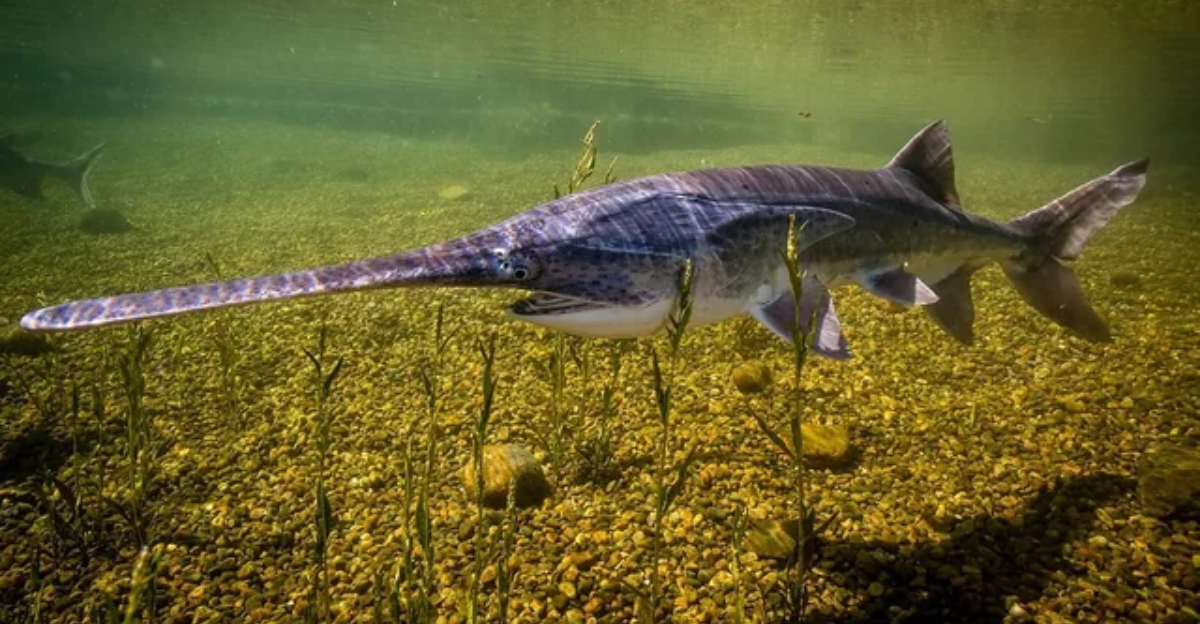
The American Paddlefish feeds mostly on plankton in its habitats. The largest specimen ever caught weighed 164 pounds and was caught in 2021 in Oklahoma.
They have unique evolutionary adaptations, such as a paddle-shaped snout and a filter-feeding way of consuming prey. These traits date back millions of years, meaning they have an ancient lineage. Today, this species is threatened by habitat loss and overharvest for caviar.
Blue Catfish
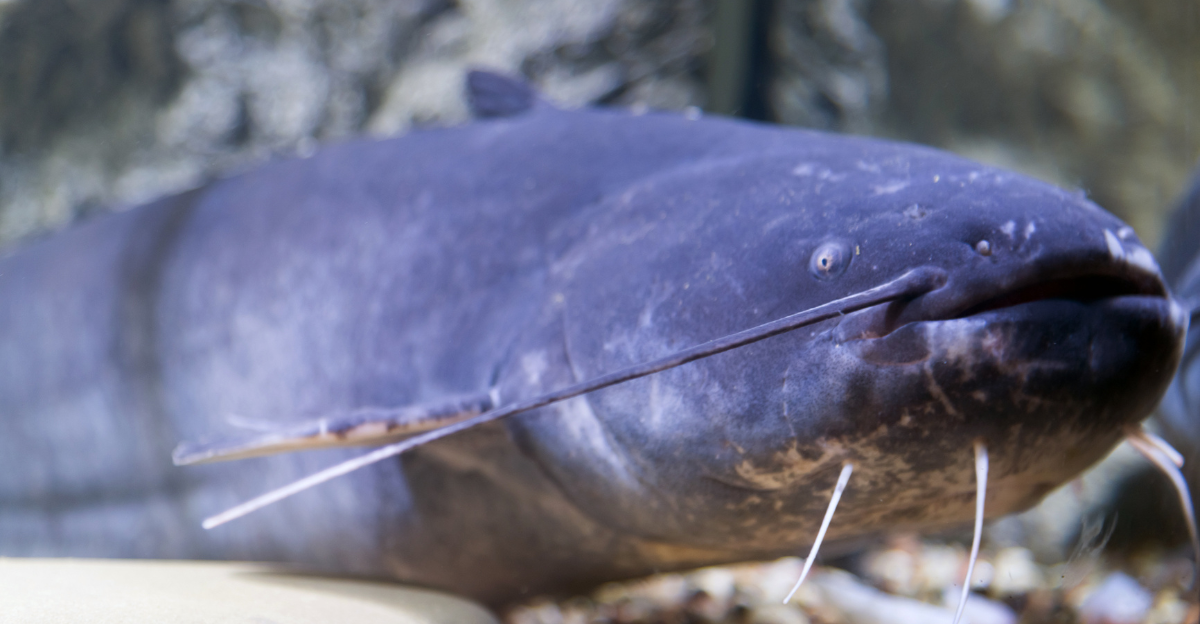
Blue catfish were introduced into rivers like the Potomac and James for hunting and catching purposes. Their population quickly grew, turning them from a prized catch to an invasive threat to the local ecosystem.
They have a large appetite, which threatens endemic fish species through competition and predation. The largest ever cause was Virginia in 2011, weighing 143 pounds.
Flathead Catfish
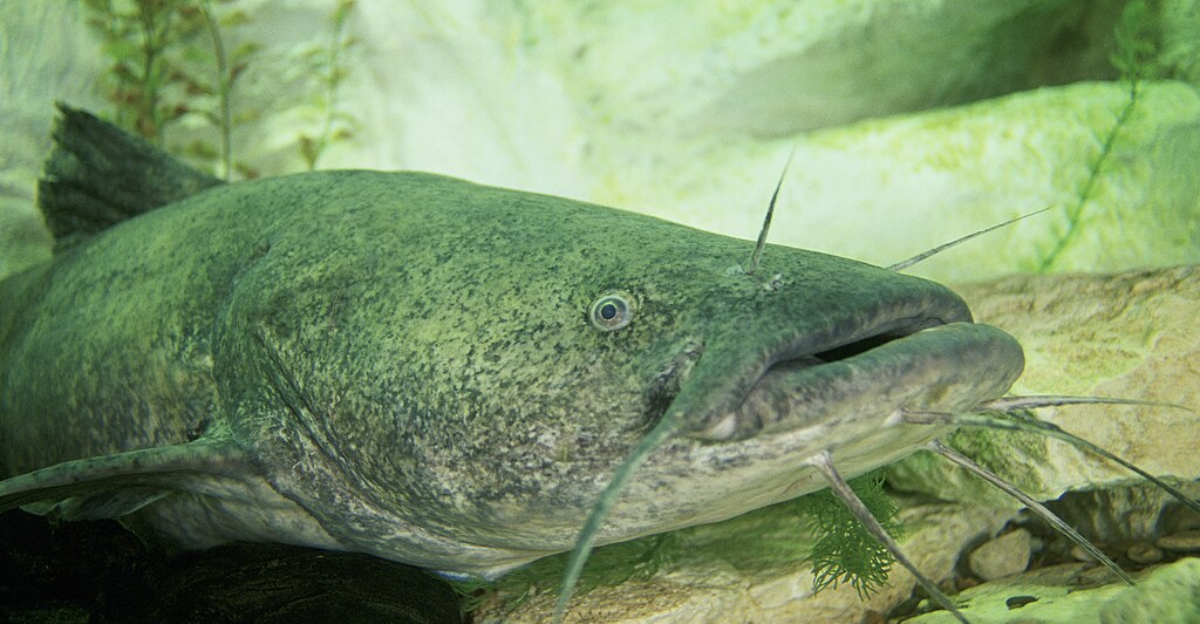
A blue catfish weighing 123 pounds was caught in Kansas in 1998, setting a record. Unlike many other river fish, flathead catfish are solitary hunters who like to ambush their prey in the dead of night.
They prefer to hide in submerged logs and wait long periods before striking. Their stealth and large size make them a captivating and unique specimen worth further study.
Big Skate

The big skate is the largest of the skate species found in North America, with specimens that reach sizes of 198 pounds, found in Alaska in 2014.
They may not be the biggest fish among giants, but their size is still impressive in its own right. They are normally overlooked when compared to bony fish and sharks.
Chinook Salmon
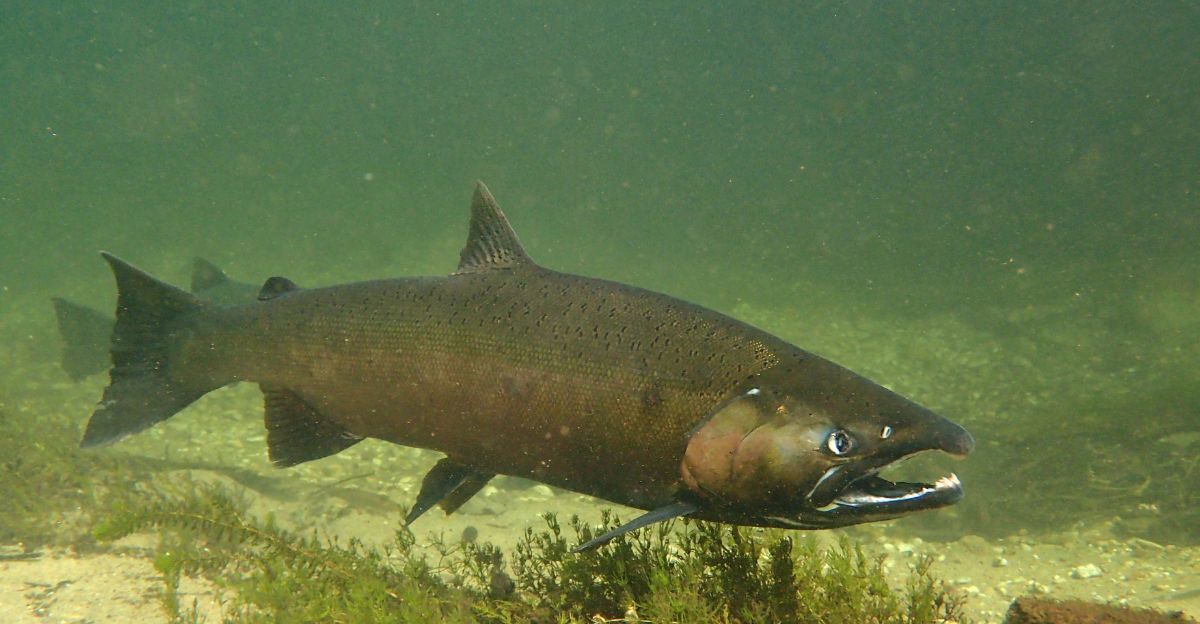
The Chinook Salmon, or King salmon, weighs over 120 pounds, making it the largest Pacific Salmon in North America. The largest of their kind are found in Alaska’s Kenai River and are a challenge for even seasoned anglers who enjoy the thrill of the hunt.
They are an important species to their habitats and have significance both culturally to local people and economically for commercial fisheries in Pacific Northwest regions.
Swordfish
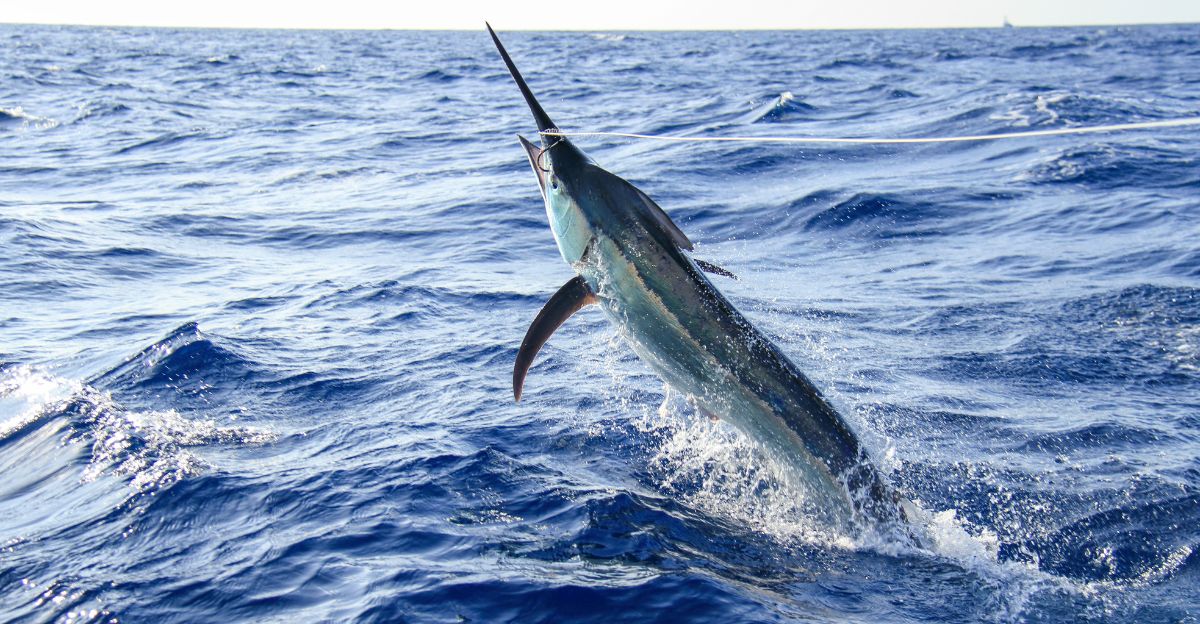
The swordfish is a bizarre ocean predator that is most notable for its long bills that are “sword-like.” These long protrusions aren’t just for show and are used in hunting and defense.
Swordfish are exceptionally quick and agile. This makes them a prized sporting fish for anglers. The fish are found on Pacific and Atlantic coasts, and the biggest to ever be caught in American waters was over 500 pounds.
Tarpon
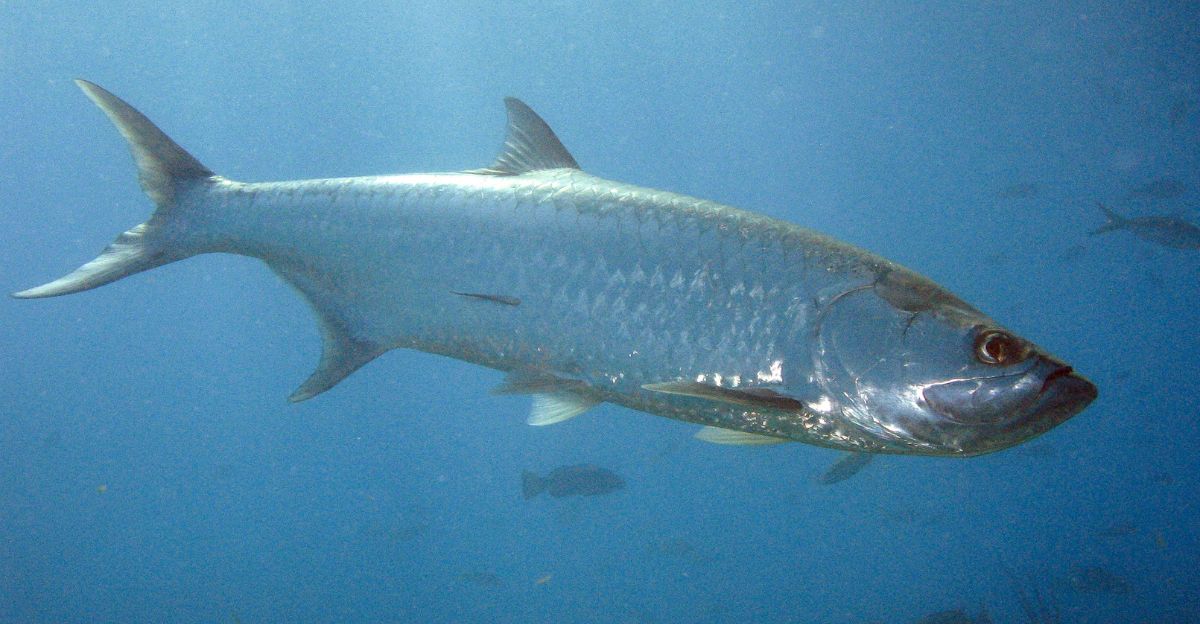
The Tarpon is an enormous fish known for its fighting spirit caught on an angler’s line. They prefer warmer waters, being found most commonly on the Atlantic and Gulf coasts.
Tarpons are large, being able to reach sizes of more than 300 pounds. They have a unique appearance with silver scales and prehistoric features, making them a popular catch.
White Bass
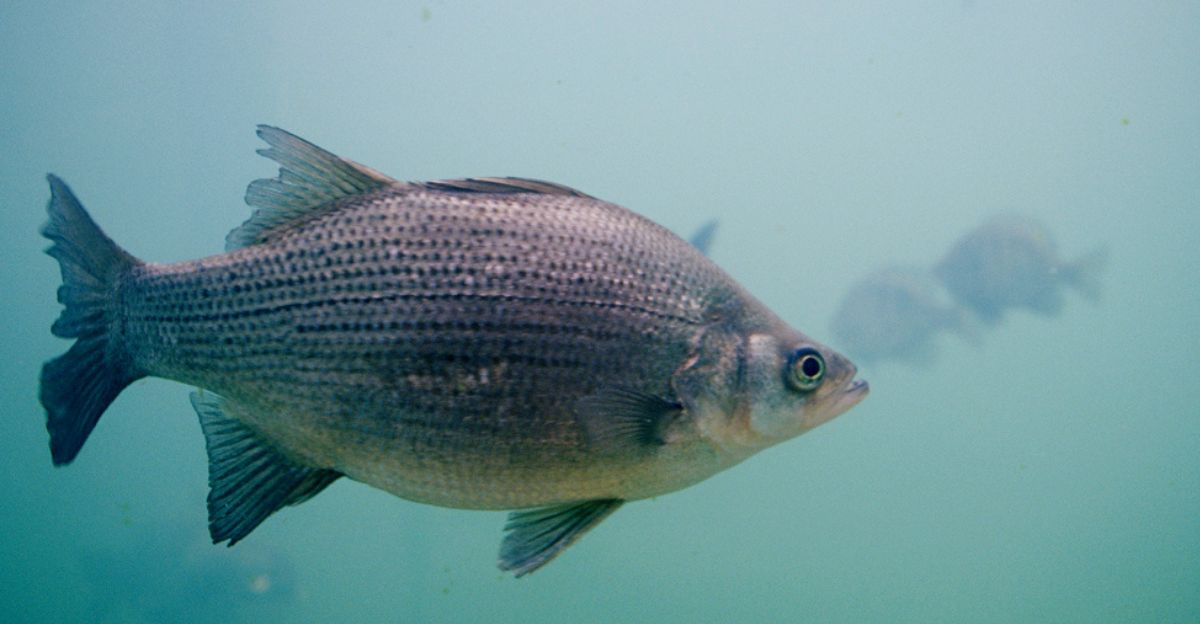
The white bass is known as one of the largest freshwater bass species that can be found in American waters. They thrive in rivers and lakes in the Midwest and South.
They may not be as large as the other giants on this list, but they make up for it with the challenge they give anglers who try to catch them. They only weigh around 6 pounds but are still sought-after fish for recreational sports, proving that size doesn’t always have to matter.
Explore more of our trending stories and hit Follow to keep them coming to your feed!

Don’t miss out on more stories like this! Hit the Follow button at the top of this article to stay updated with the latest news. Share your thoughts in the comments—we’d love to hear from you!







